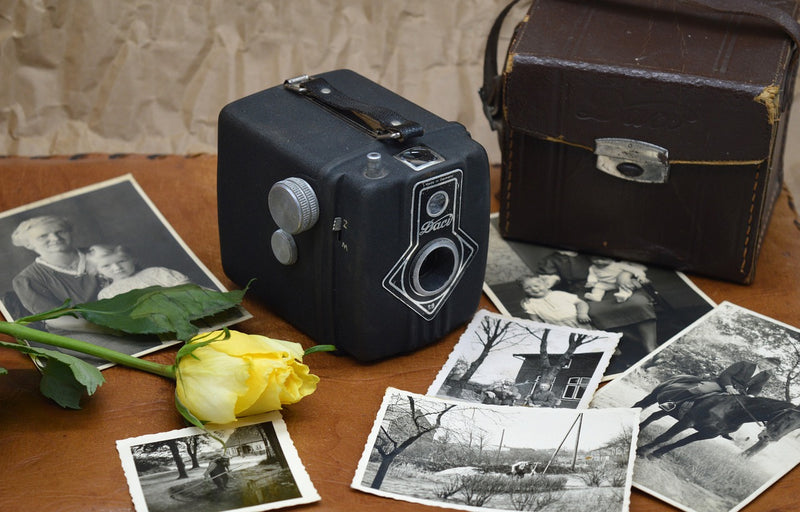
The concept of insurance revolves around a simple principle; securing the future against unforeseen circumstances. In essence, it is a contract, often referred to as a policy, in which an individual or entity receives financial protection or reimbursement against losses from an insurance company. The company pools clients' risks to make payments more affordable for the insured.
Understanding insurance means knowing the terms involved. Premiums are the amount paid for policies. Deductibles are out-of-pocket expenses before insurance coverage kicks in. A claim is a formal request for coverage from the insurance company after a loss. These are just a few terms that are fundamental to grasping the basics of insurance.
The policy limit is another crucial term to understand. It is the maximum amount an insurance company will pay for a covered loss. Should the cost of repair or replacement exceed the policy limit, the policyholder is responsible for the difference. With the basics under one's belt, the individual can delve into the intricacies of specific forms of insurance coverage.

Renters and Home Owners Insurance
Renters insurance, also known as tenants' insurance, is a policy that provides some of the benefits of homeowners' insurance but does not include coverage for the dwelling or structure except for small alterations that a tenant makes to the structure. It provides liability insurance and the tenant's personal property is covered against named perils such as fire, theft, and vandalism. It also pays expenses when the dwelling becomes uninhabitable.
Homeowners insurance, on the other hand, is a form of property insurance that covers losses and damages to an individual's house and assets in the home. It provides liability coverage against accidents in the home or on the property. In both renters and homeowners insurance, the property's physical structure and personal belongings are covered.
Insuring Personal Belongings
Personal belongings, including personal photos, physical media, home movies, and film, often possess not only monetary but also sentimental value. These items carry memories and histories that are irreplaceable. Therefore, insuring these items can provide a sense of security and protection against the unexpected.
Insurance for Home Movies, Photos, and More
Insurance policies for personal photos, physical media, home movies, and film are often included in homeowners or renters insurance. These policies typically cover the cost to replace or repair damaged or lost items. However, it's important to note that not all policies are created equal. Coverage can vary greatly depending on the policy and the insurance company.

Steps to Maximize Your Insurance Coverage
To maximize your insurance coverage, it's crucial to understand what your policy includes and what it doesn't. It's also important to keep an updated inventory of your personal items and their estimated worth. This can be helpful in filing a claim and ensuring you receive the full value of the items.
Coverage for 8mm Film
Film reels are typically covered under personal property coverage in homeowners or renters insurance policies. However, the amount of coverage can vary. Some policies may only cover the actual cash value of the 8mm film, which takes into account depreciation, while others may cover the replacement cost.
Claims for Damaged Photos
Filing a claim for damaged personal photos involves several steps. First, you must immediately report the damage to your insurance company. Then, provide proof of the damage, such as photos or video of the damaged photos. You may also need to provide a receipt of the cost to scan the photos.
Dealing with Moldy VHS Tapes
Mold can be a serious issue for video cassette tapes. If these items are stored in damp or humid environments, they can easily become damaged. Most insurance policies will cover mold damage to VHS tapes if it was caused by a "covered peril," such as a water leak from a broken pipe.
Finding the Right Insurance Policy
When it comes to choosing an insurance policy, it's all about finding the right fit for your needs. Consider what items you need to cover, their value, and how much you can afford to pay for insurance. Research various insurance companies and policies, and don't hesitate to ask questions.
Understanding and maximizing your insurance coverage for personal photos, physical media, home movies, and film can provide you with peace of mind. By understanding the basics of insurance, the types of insurance available, and how to make a claim, you can ensure that your precious memories are protected. So, don't wait until it's too late. Take steps today to protect your valuable personal items with the right insurance coverage.
Select a box to get started.
Pack whatever fits... we'll sort it all.
Simply pay unit digitizing prices.















